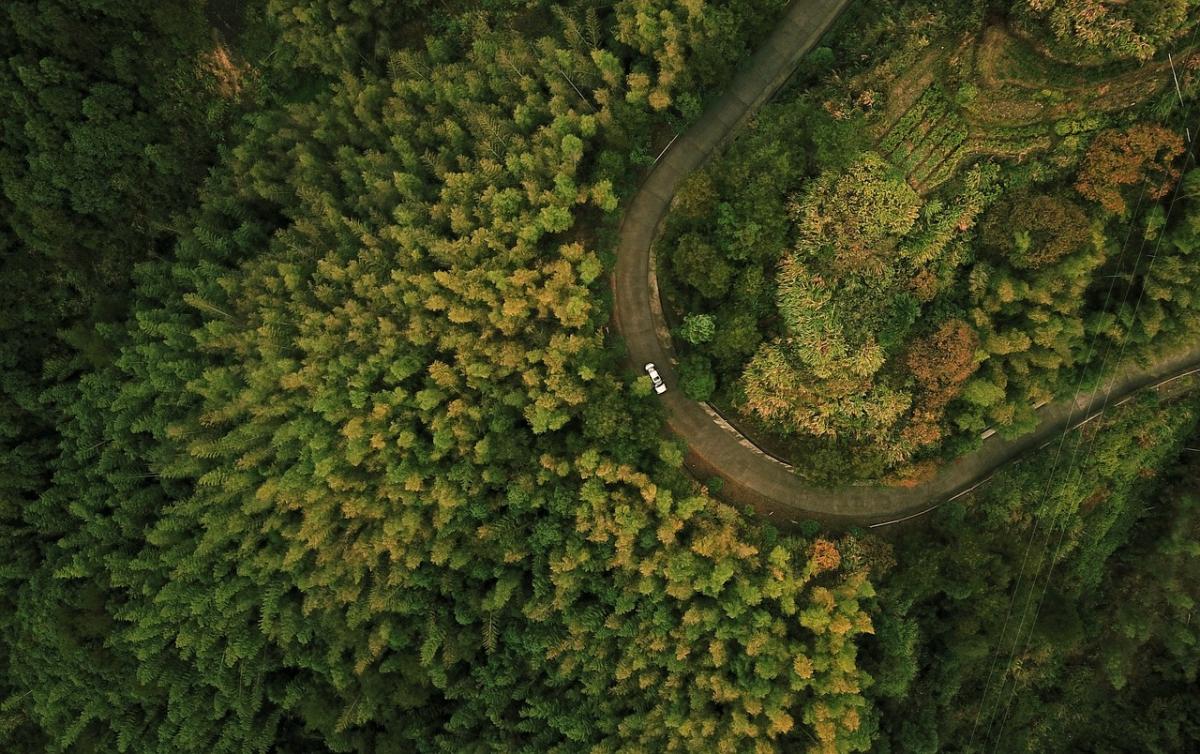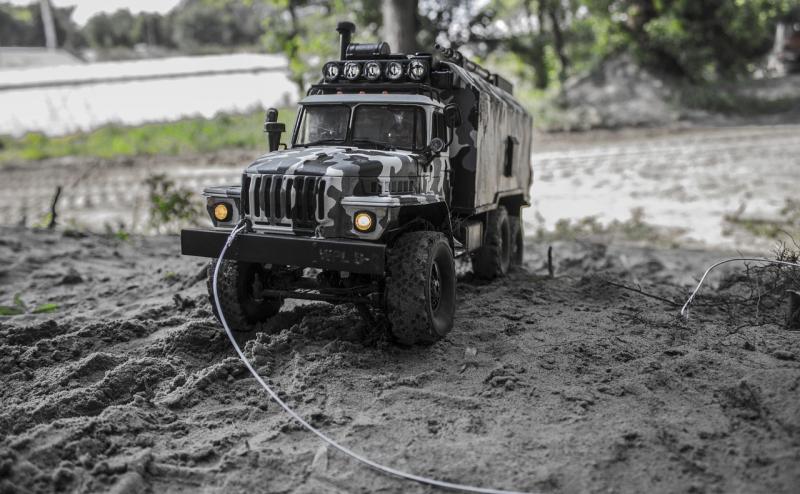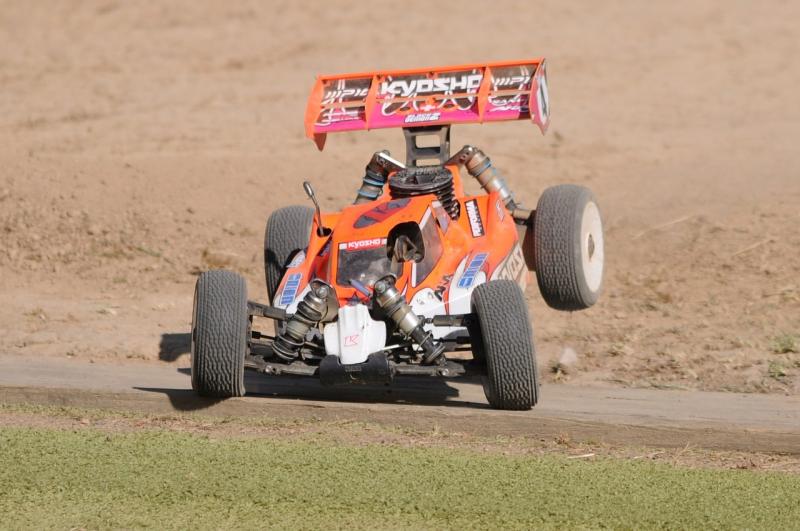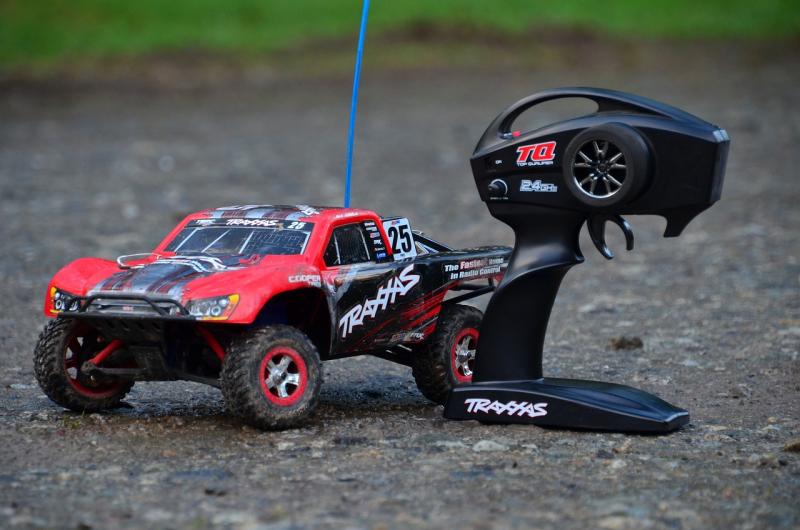So, you've decided to explore the exciting world of photography drones? Congratulations! Whether you are an aspiring photographer or simply a drone enthusiast, finding the perfect drone can be an overwhelming task. With so many options available in the market, it's important to know what to look for when making your purchase. In this beginner's buying guide, we'll walk you through the key factors to consider before taking the plunge.
1. Purpose and Intended Use
Before diving into the technical specifications, think about why you want a drone in the first place. Are you looking to capture stunning aerial landscapes, or perhaps you want to document outdoor adventures? Understanding your purpose and intended use will help narrow down the options. Some drones are better suited for photography and videography, while others excel in racing or recreational flying.
2. Camera Quality and Specifications
The camera quality plays a vital role in capturing high-quality aerial shots. Look for drones with a high megapixel count, 4K or above video capabilities, and image stabilization to ensure steady footage. Additionally, consider whether you need a drone with a removable camera for future upgrades or interchangeable lenses for versatility in different shooting scenarios.
3. Flight Time and Battery Life
Flight time and battery life are crucial factors to consider, especially if you plan on using your drone for longer photoshoots or extended flights. Look for drones with longer flight times to minimize the need for frequent battery changes or recharging. Additionally, spare batteries are always handy to have for uninterrupted flying experiences.
4. Range and Control
Consider the range and control capabilities of a drone before making your decision. A longer range allows you to explore greater distances and capture breathtaking shots. Furthermore, look for drones with reliable remote controllers that offer smooth and precise control, as well as advanced features such as follow-me mode or obstacle avoidance to enhance your flying experience.
5. Size and Portability
If you plan on taking your drone on outdoor adventures or traveling, size and portability become essential factors. Compact drones are easier to carry and maneuver, allowing you to capture stunning shots from wherever you go. Look for drones with foldable arms or carrying cases that offer convenience without compromising the overall quality and performance.
6. Flight Modes and Intelligent Features
Many drones come equipped with a variety of flight modes and intelligent features that enhance the flying and photography experience. Look for features like GPS navigation, waypoint flying, or automatic return-to-home functionality. These features not only provide convenience but also help to prevent accidents and ensure the safety of your drone.
7. Budget
Finally, determine your budget before embarking on your drone-buying journey. Drones come in a wide range of prices, from budget-friendly options suitable for beginners to professional-grade drones with advanced capabilities. It's important to find the right balance between your desired features and your budget.
Remember, research is key when choosing the perfect drone. Consider your needs and preferences, read reviews, and compare different models to make an informed decision. By selecting the right drone, you'll be well on your way to mastering aerial photography and capturing breathtaking shots from a whole new perspective!
The Art of Aerial Photography: Tips for Capturing Epic Shots
Aerial photography has undergone a revolution in recent years with the advent of photography drones. These unmanned aerial vehicles equipped with high-quality cameras have opened up endless possibilities for capturing breathtaking images from above. Whether you’re a photography enthusiast or a professional seeking to master the art of aerial photography, here are some tips to help you capture epic shots with your drone.
1. Know Your Equipment
Before you take off, it’s crucial to familiarize yourself with your drone. Read the user manual thoroughly and understand the capabilities and limitations of your device. Experiment with the different settings and camera modes to find the ideal configurations for capturing the shots you envision. Remember, practice makes perfect, so spend ample time honing your piloting skills before attempting more complex shots.
2. Plan Your Shots
A successful aerial photograph starts with careful planning. Determine the purpose of your shot and envision the final image in your mind. Scout the location beforehand, taking note of any potential obstacles or hazards that could interfere with your flight path. Create a shot list or storyboard to guide you during the shoot, helping you to capture all the desired angles and compositions.
3. Consider Lighting Conditions
Just like in traditional photography, lighting plays a crucial role in aerial photography. Golden hour – the period just after sunrise or before sunset – typically provides the most stunning and dramatic lighting conditions. However, that doesn't mean you should only shoot during these times. Experiment with different times of day and weather conditions to create unique and captivating images.
4. Composition Matters
Composition is key to capturing remarkable aerial shots. Utilize the rule of thirds to create a balanced and visually appealing image. Experiment with different angles and perspectives to add depth and dimension to your photographs. Don't be afraid to get creative and take risks – aerial photography offers endless opportunities for unique compositions.
5. Master the Art of Movement
Drones introduce a whole new dimension to photography – movement. Explore the various movements your drone can achieve, such as tilting, panning, and ascending. Adding movement to your shots can make them incredibly dynamic and captivating. However, remember to keep movements smooth and controlled to avoid blurry or jerky footage.
6. Edit with Care
Post-processing is an essential step in aerial photography. Use editing software to fine-tune your images, adjusting brightness, contrast, and colors to bring out the best in your shots. However, be cautious not to overdo it – aim for a natural and realistic look that showcases the beauty of the aerial landscape.
The art of aerial photography with drones offers a world of possibilities for creating breathtaking images. By knowing your equipment, planning your shots, considering lighting conditions, paying attention to composition, mastering movement, and editing your images with care, you can enhance your skills and capture epic shots that will leave viewers in awe. So, grab your drone, let your creativity soar, and enjoy the incredible journey of aerial photography.
Taking Your Drone Skills to New Heights: Advanced Techniques and Tricks
Once you have mastered the basics of flying your photography drone and capturing stunning aerial shots, it's time to take your skills to the next level. In this section, we will explore some advanced techniques and tricks that will elevate your drone photography to new heights.
1. Mastering the Art of Composition
Composition is key in any form of photography, and drone photography is no exception. The advantage of aerial photography is the unique perspective it offers. Experiment with different angles, heights, and distances to compose visually striking shots.
Use the rule of thirds to create a sense of balance and harmony. Place your subject off-center, aligning it with one of the gridlines or intersection points. This technique adds depth and interest to your images.
Pay attention to leading lines as they can guide the viewer's eye and create a visual flow. Utilize natural lines such as rivers, roads, or shorelines to create a sense of movement and draw attention to your subject.
2. Utilizing Filters for Dramatic Effects
Filters are an essential tool for drone photographers. They can enhance colors, reduce glare, and add a touch of drama to your images. Neutral density (ND) filters are particularly useful for controlling exposure and creating smooth cinematic footage.
Polarizing filters, on the other hand, help reduce reflections and increase color saturation. These filters are perfect for capturing vibrant landscapes, such as lush forests or crystal-clear water bodies.
Experiment with different filters and see how they enhance the mood and atmosphere of your shots. Be sure to invest in high-quality filters specifically designed for your drone's camera.
3. Long Exposure Techniques
Long exposure photography is not limited to traditional cameras. With the right settings and techniques, you can achieve stunning long-exposure shots using your drone. This technique works wonders for capturing the movement of clouds, waterfalls, or city lights at night.
To create a long exposure shot, set your drone's camera to manual mode. Use a low ISO setting, typically around 100, and a small aperture for maximum sharpness. Adjust the shutter speed to a longer duration, depending on the desired effect.
Remember to use a tripod or a stable surface to prevent any unwanted movement during the long exposure. Also, ensure that your drone's battery has sufficient charge, as extended exposure times can drain it quickly.
4. Dynamic Point of Interest Shots
Dynamic point of interest (POI) shots add a captivating element to your drone footage. By setting a specific target or subject as your drone's central point, you can create dynamic and visually appealing shots.
To execute a dynamic POI shot, select the subject you want to highlight. Set your drone to orbit mode or follow me mode, depending on your drone's capabilities. Adjust the altitude, speed, and angle to capture the subject from different perspectives.
Experiment with various motion paths, such as spirals, circles, or figure eights, to create interesting and engaging footage. This technique is particularly effective when capturing action sports, events, or architectural landmarks.
Remember to always abide by local laws and regulations when practicing advanced drone photography techniques. Respect privacy and airspace restrictions to ensure a safe and enjoyable experience for everyone.
Now that you have learned some advanced techniques and tricks, it's time to put them into practice. Take your drone photography to new heights and capture breathtaking shots that leave a lasting impression.



